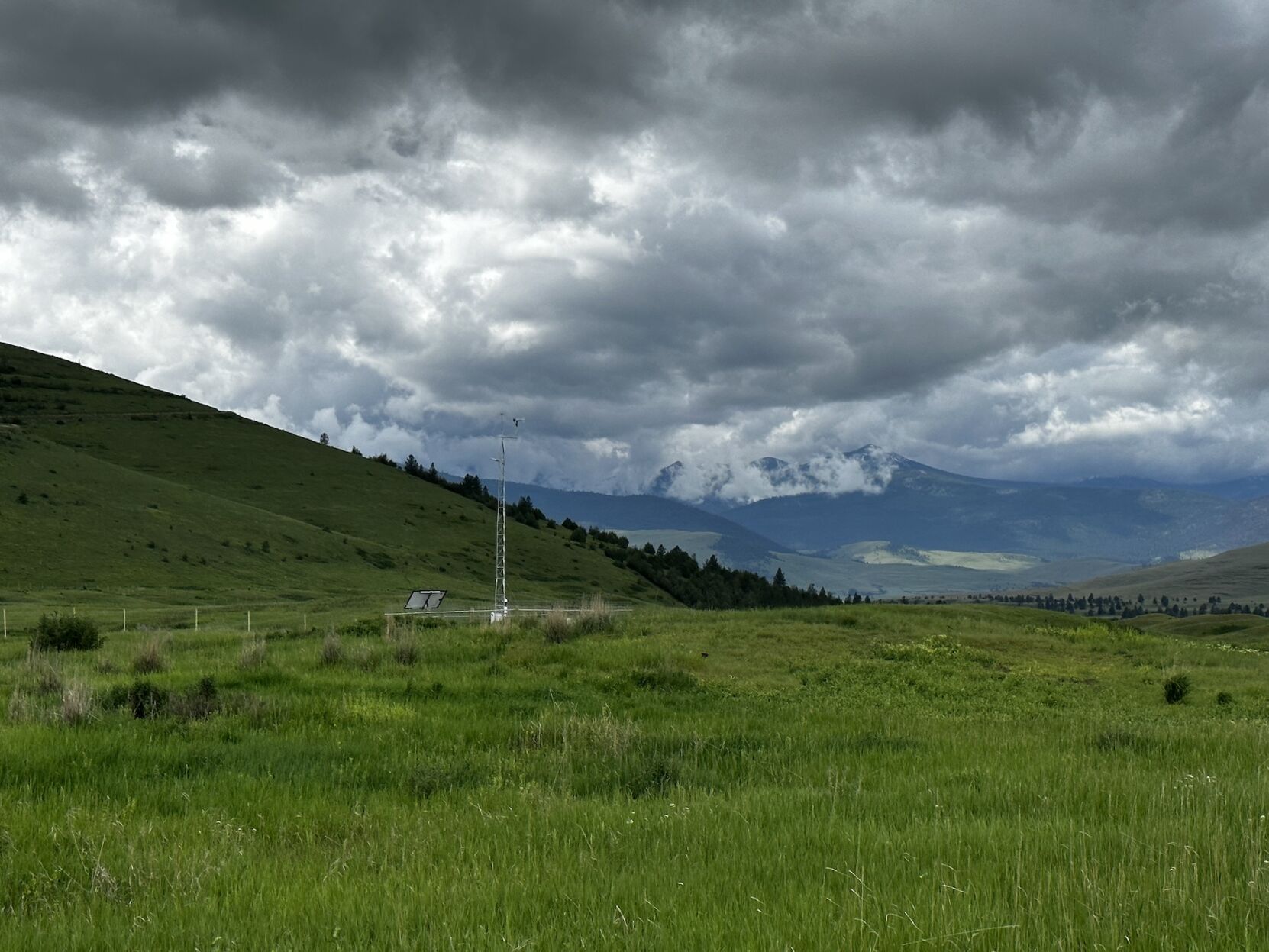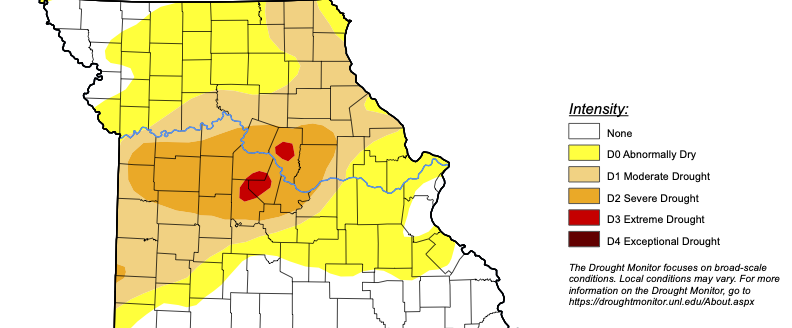Confederated Salish and Kootenai Tribes Bison Range now has a mesonet weather station

The Confederated Salish and Kootenai Tribes Bison Range just gained a brand new mesonet station to record and deliver hydrological and meteorological data.
The station recently went live with a goal to improve the monitoring of weather, soil, and snowpack across the Flathead Reservation, as well as contributing to the larger Montana Mesonet network.
The state-of-the-art mesonet station provides a high-quality "total water" record of temperature, precipitation, relative humidity, solar radiation, snow depth, and soil moisture at depths down to a meter. This will provide a comprehensive picture of changing moisture conditions in the air and soil to support drought and other assessments. Environmental information is updated every five minutes, and all data from the Montana Mesonet are publicly available through the Mesonet Dashboard.
The station is fully solar-powered and is mounted via large screws in the ground, which can be removed with minimal disturbance (e.g., digging) to tribal lands.
The station will not only assist Bison Range managers and help meet CSKT’s climate resilience goals, but also help inform the surrounding valley residents with the up-to-date information and planning for each year’s agricultural season.
The new mesonet station is part of the Native Drought Resilience project, a partnership between the CSKT, Salish Kootenai College, the Montana Climate Office, and The Wilderness Society. The project was funded by NOAA’s National Integrated Drought Information System through an FY22 Coping with Drought – Building Tribal Drought Resilience grant. The Native Drought Resilience project aims to implement several actions contained in the 2021 CSKT Climate Resiliency Plan, as well as to develop tribal climate leaders and build climate-smart and drought-ready communities on the Flathead Reservation.


